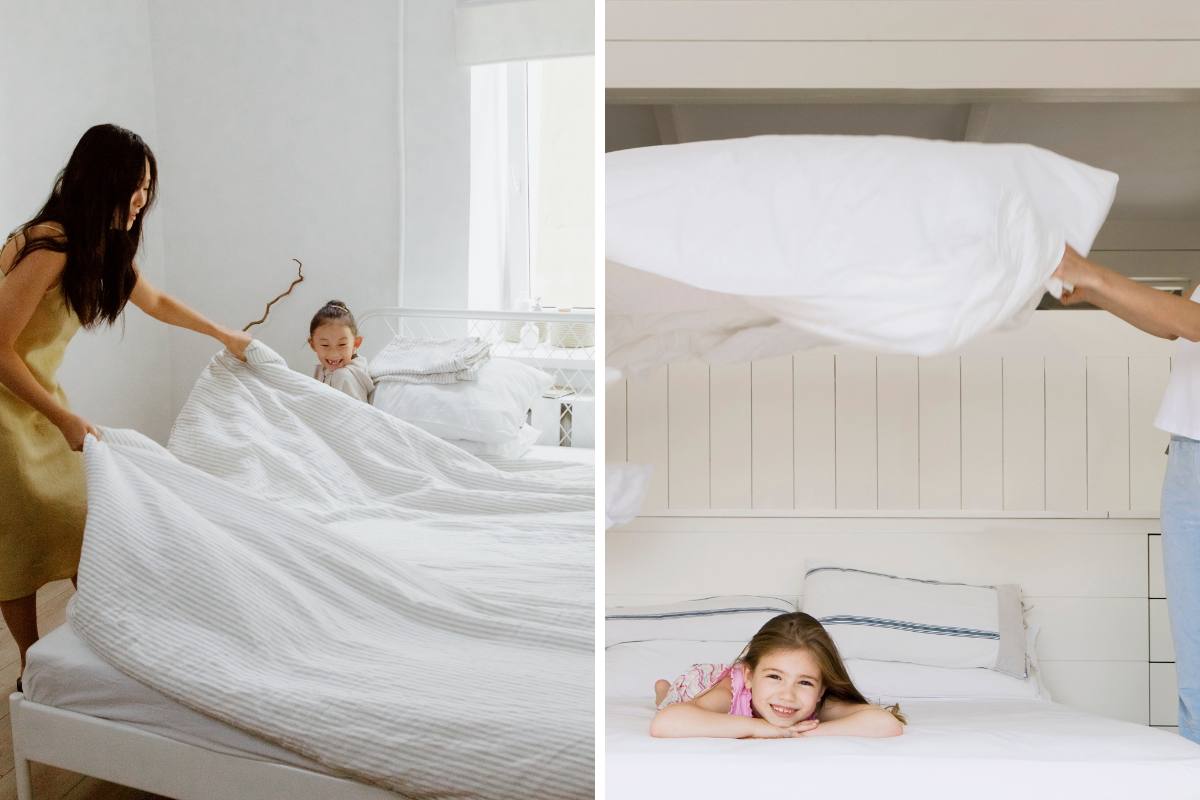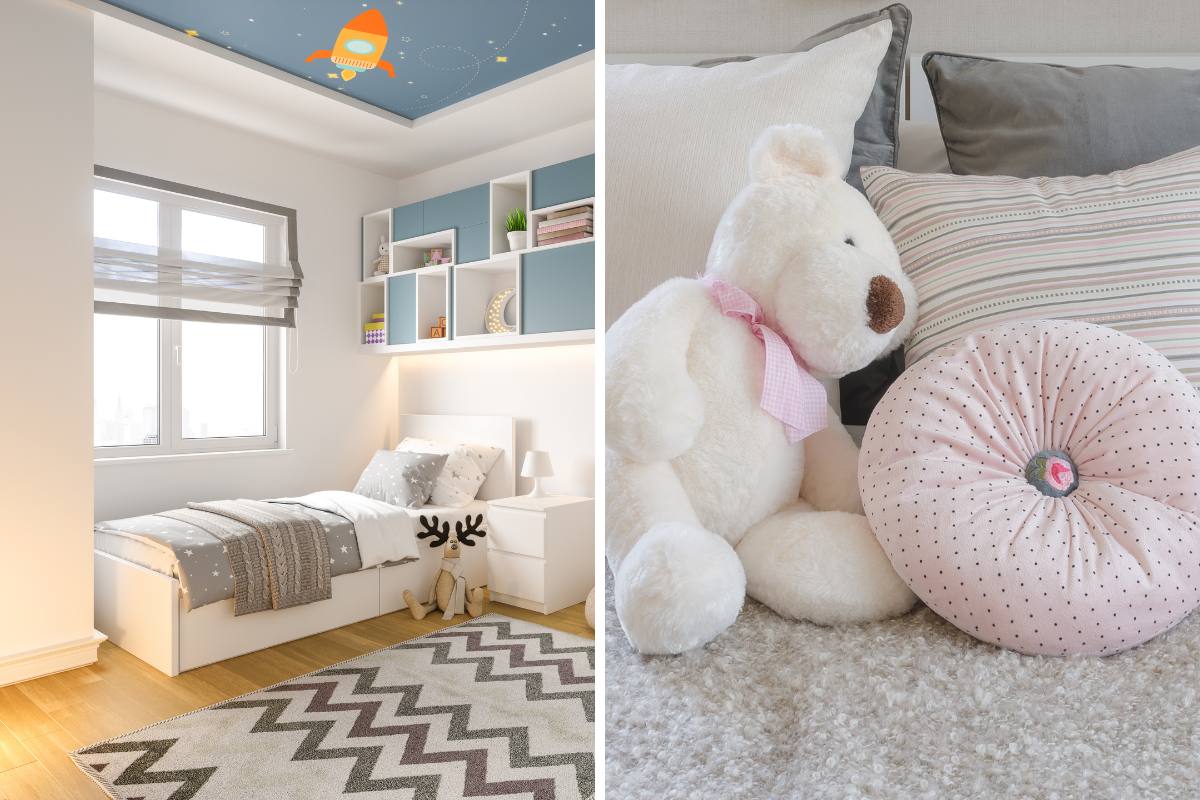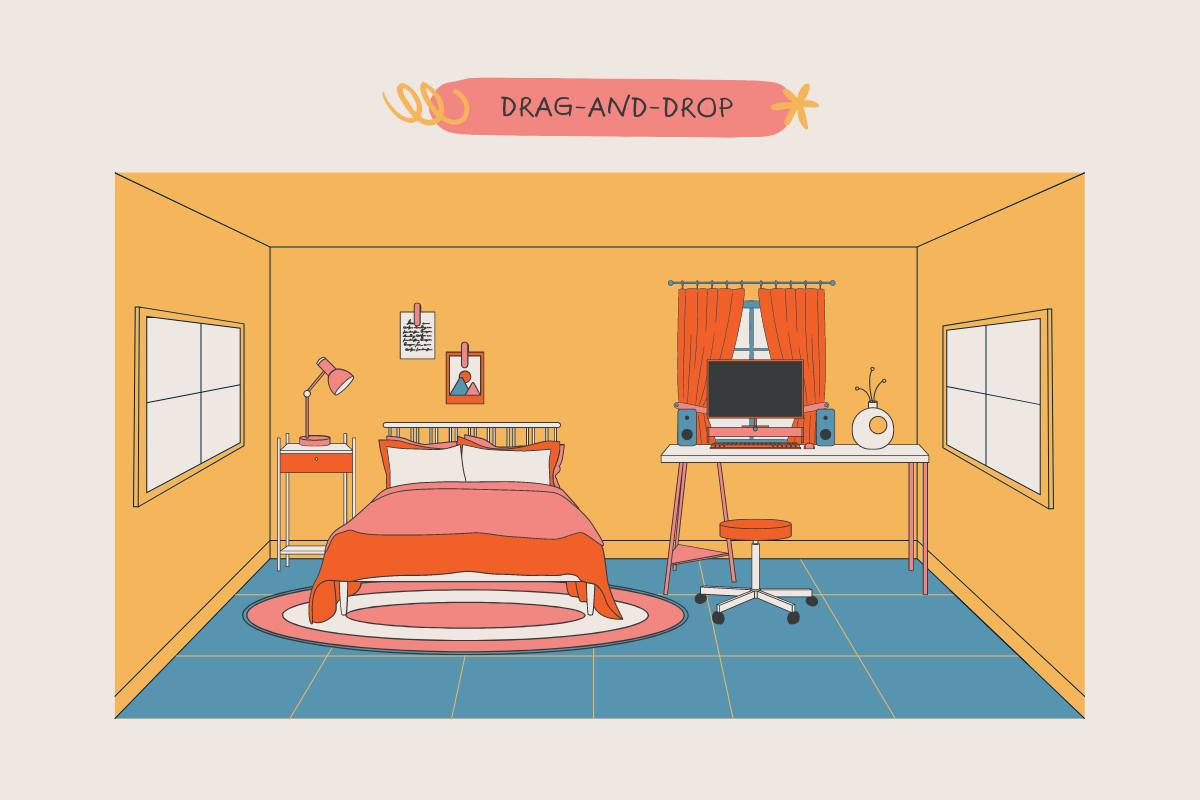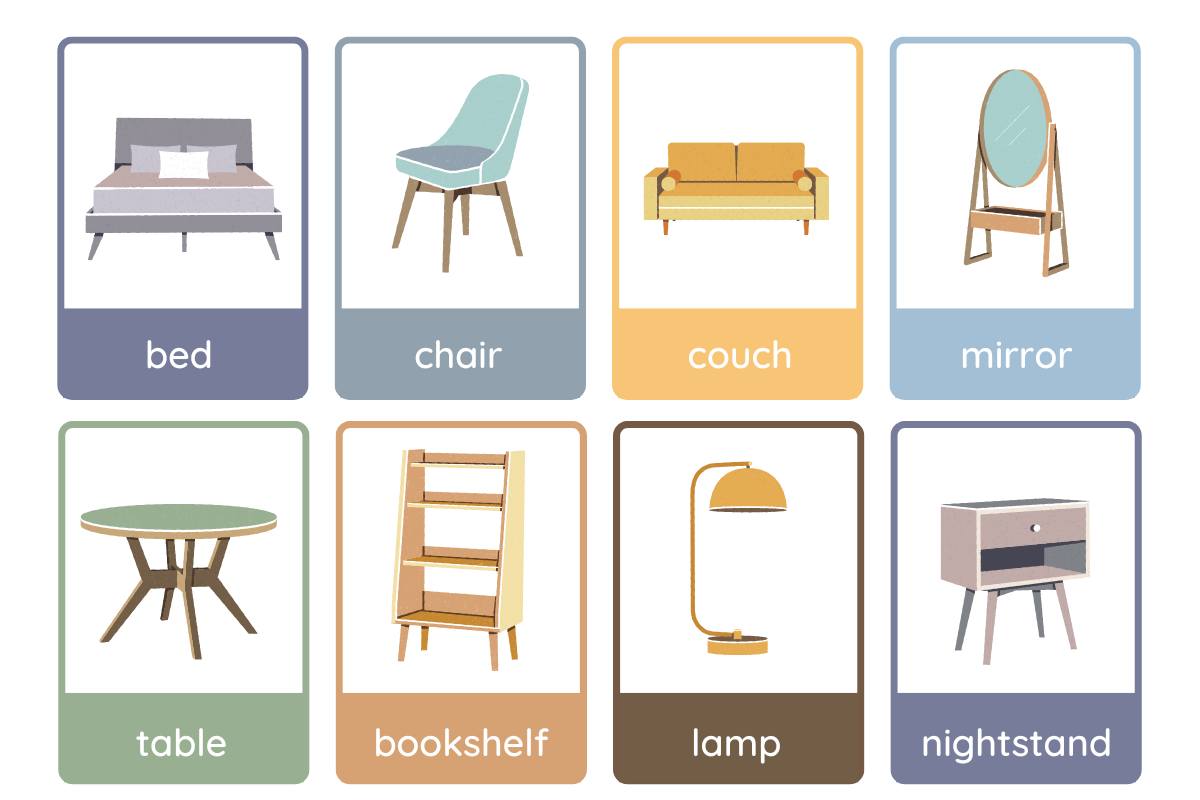
A Guide to Making Your Child’s Bed
Creating a comfortable and tidy bedroom for your child starts with the basic task of making their bed. Understanding the different parts of the bed is essential in this process. A well-made bed provides not only a clean and aesthetically pleasing sleep environment but also promotes good hygiene and can enhance sleep quality. By familiarizing yourself with the components such as the mattress, sheets, and blankets, you can ensure that each part is properly arranged for your child’s comfort.
Essential Bedding Components
Mattress
The foundation of any bed is the mattress. It’s essential to select a mattress that provides the right balance of support and comfort for your child, considering options from foam to innerspring varieties.
Fitted Sheet
This is the sheet that lies directly over the mattress. Designed with elastic corners or edges, it ensures a snug fit and prevents the sheet from slipping off. A fitted sheet also acts as a barrier to protect the mattress and provide a soft surface for your child to sleep on.
Comforter or Duvet
Choose between a comforter and a duvet for the top blanket. Comforters are simpler as they do not require a cover, whereas duvets are protective bags that can be washed or changed easily. Depending on your preference, you can add a flat sheet under the comforter or duvet for additional comfort.
Pillows
Ensure that your child has a comfortable pillow that supports their head and neck properly. You can also include a few decorative throw pillows to add a touch of style and fun to their bed.
Optional Bedding Enhancements
Mattress Pad or Topper
Adding a mattress pad or topper can provide extra comfort or support, which can be particularly beneficial if your child’s mattress is too firm.
Mattress Protector
A mattress protector is a good investment to protect the mattress from spills and stains, and it’s especially useful for young children.
Bed Skirt
If you’re using a bed frame, a bed skirt can neatly hide the space underneath the bed, which is often used for storage.
Step-by-Step Guide to Making the Bed
Start with the Bed Skirt: Place the bed skirt on the bed frame or box spring, aligning it properly, and then replace the mattress on top.
Secure the Mattress Pad or Topper: Lay the pad or topper on the mattress, aligning it and securing it with straps if available.
Add the Mattress Protector: Fit the protector over the mattress, ensuring it covers every corner snugly to create a smooth surface.
Put On the Fitted Sheet: Attach the fitted sheet starting from one corner and stretching it across to ensure a tight fit on all sides.
Lay Out the Flat Sheet (if using): Center the flat sheet on the bed, tucking in the sides and the bottom to keep it in place.
Place Your Comforter or Duvet: Arrange the comforter or duvet neatly on the bed, allowing some space at the top for pillows.
Fluff Up Your Pillows: Place the pillows in clean pillowcases, fluffing them up for optimal comfort.
Top Off with Throw Blankets and Pillows: Add decorative throw pillows and a throw blanket for a cozy and inviting look.
Additional Tips

Make Your Bed Daily: Encourage your child to make their bed every day. This keeps the kids room tidy but also instills good habits.
Find Bedding That Fits Your Style: Let your child have a say in the bedding choices to reflect their personality and preferences.
Wash Your Bedding Regularly: Keep your child’s bedding clean by washing it at appropriate intervals—sheets weekly, comforters every two to three months, and pillows every four to six months.

